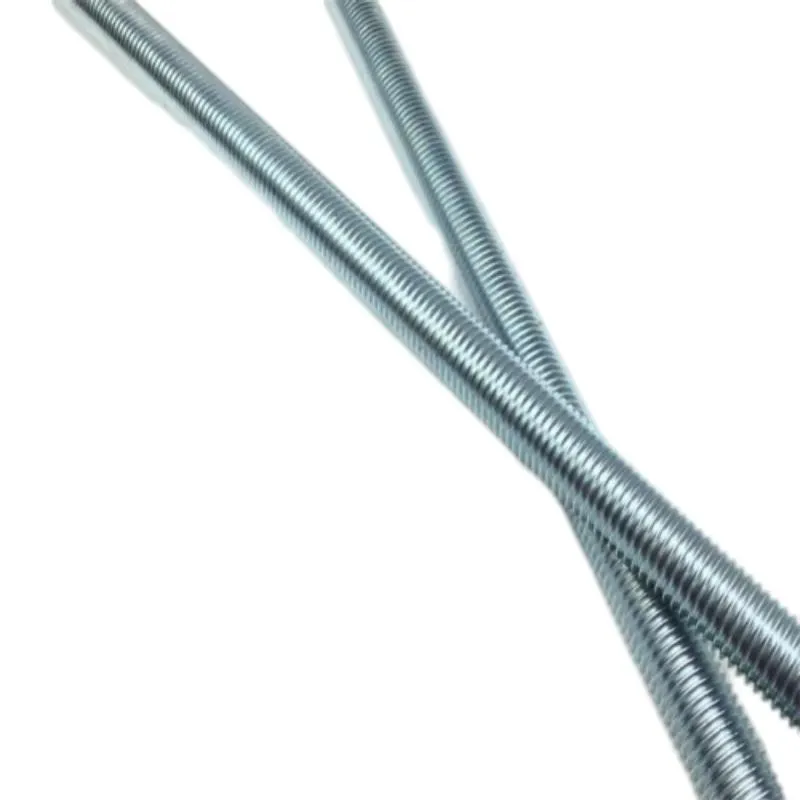নভে. . 04, 2024 18:02 Back to list
Understanding the Function and Applications of Standoff Screws in Various Industries
Understanding Standoff Screws A Key Component in Modern Engineering
In the realm of engineering and manufacturing, standoff screws play a crucial yet often overlooked role. These components are essential for creating space between two surfaces, providing structural integrity, and enabling efficient assembly. This article delves into the characteristics, applications, and benefits of standoff screws, showcasing their importance in modern technology.
What are Standoff Screws?
Standoff screws, commonly referred to as standoffs, are fasteners designed to separate two components in an assembly by a specific distance. They are typically cylindrical and can feature threading on either end, allowing them to be screwed into a base material while accommodating a second component that will be secured on top. Standoff screws can come in various materials, including aluminum, brass, stainless steel, and plastic, depending on the intended application.
Types of Standoff Screws
Standoff screws are available in several types to suit different requirements
1. Male-Female Standoffs These standoffs have a female screw on one end and a male screw on the other, allowing them to attach two components securely. They're often used in electronic devices where spacing between the circuit board and housing is needed.
2. Female-Female Standoffs These types feature female threads on both ends and are useful for connecting two components on a single base surface, making them ideal for use in compact spaces.
3. Hex Standoffs With hexagonal shapes, these are designed for use with wrenches or pliers, offering a more robust grip for high-torque applications. They are commonly used in large assemblies where high structural integrity is required.
Applications of Standoff Screws
standoff screws

Standoff screws are integral to various industries, including electronics, aerospace, automotive, and construction. In electronics, they are frequently used to mount circuit boards, ensuring that components do not touch one another or the housing, which could cause failures. The right spacing can help dissipate heat and allow airflow, critical in maintaining optimal operating conditions.
In the aerospace and automotive industries, standoffs provide structural support and alignment in complex assemblies. They also contribute to weight reduction, which is a significant factor in design considerations for these sectors. Standoffs made from lightweight materials help reduce overall component weight while maintaining strength.
Benefits of Standoff Screws
The use of standoff screws offers several advantages
- Space Management They enable effective management of space in assemblies, allowing components to be positioned correctly without direct contact. This minimizes the risk of wear and tear.
- Thermal Management By creating a gap between components, standoff screws facilitate better heat dissipation, which is vital for maintaining the performance and longevity of electronic devices.
- Ease of Assembly Standoff screws simplify the assembly process by providing a predefined distance between components, making it easier for manufacturers to maintain quality and consistency in production.
- Durability Made from strong materials, these screws exhibit high resistance to corrosion and wear, ensuring long-lasting performance even in challenging environments.
Conclusion
Standoff screws may not be the most glamorous components in engineering, but their role is indispensable. As technology continues to advance, the demand for effective space management and durable assembly solutions will likely elevate the significance of standoff screws in various applications. Understanding their types, applications, and benefits allows engineers and manufacturers to make informed decisions when designing and assembling modern products. As industries evolve, standoff screws will remain a vital aspect of innovation and reliability in engineering.


